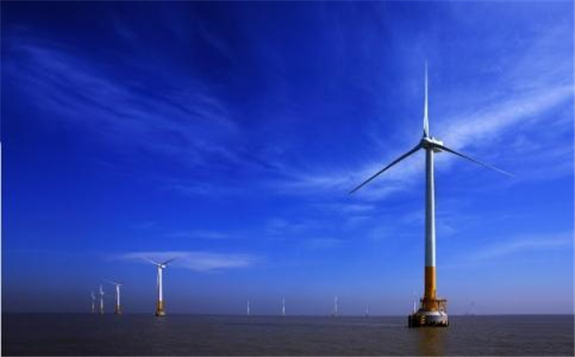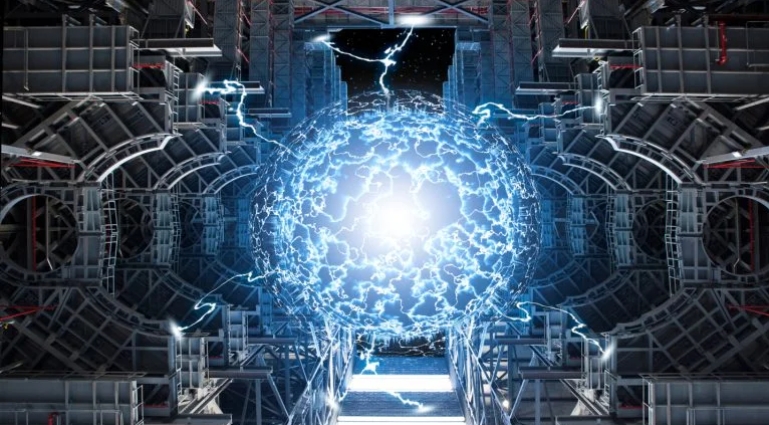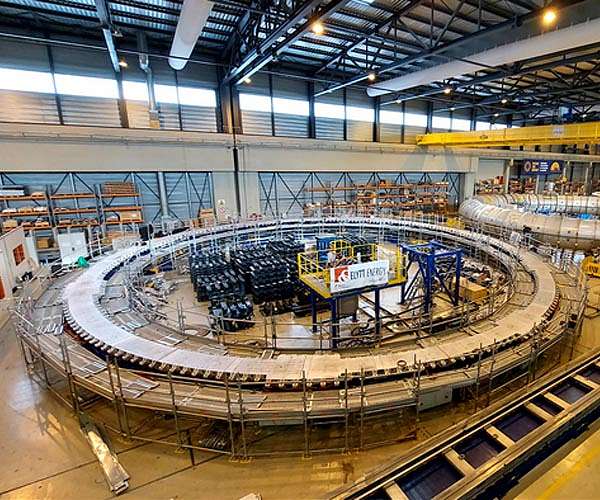The Global Wind Energy Council pointed out that the total global offshore wind power production capacity will reach 234 GW by 2030, of which more than one-fifth will be contributed by China.

Wind energy is currently not as widely used globally as solar energy. Last year, the total global solar power generation reached 580 GW. In comparison, the total wind power generation is 430 GW. Wind energy is not as convenient to use as solar energy, because the direction and magnitude of the wind may change greatly within a day. However, the Global Wind Energy Council believes that offshore wind power may be a new way out. Offshore wind power generation is more environmentally friendly, a relatively new direction and promising. The wind engine is installed on the seabed not far from the shore. The sea breeze along the coast is not so sharp, but has been relatively strong, which can ensure the stable operation of the generator.
Currently, the total amount of offshore wind power in the world amounts to 29 GW. At the same time, 75% of the electricity is supplied to Europe. The United Kingdom leads in this regard, with 9.7 GW of total power generation; followed by Germany (7.5 GW) and China (6.8 GW). In the next 10 years, according to the prediction of the Global Wind Energy Council, the pattern of wind power generation will undergo tremendous changes. China's offshore wind power capacity has grown the fastest, with a total of 2.4 gigawatts last year. At the same time, the total offshore wind power in the UK is 1.8 GW and in Germany it is 1.1 GW. If everything develops at the current rate, by 2030, China will account for more than one-fifth of the total offshore wind power generation-52 GW, and the global total offshore wind power generation will increase by more than 7 times.
The authors of the Global Wind Energy Council report believe that every additional gigawatt of offshore wind power can reduce 3.5 million tons of carbon dioxide emissions. For China, the development in this field is promising. China is a signatory to the "Paris Agreement" and promises to achieve a peak in carbon dioxide emissions by 2030. In addition, China has set a goal of increasing the proportion of non-fossil energy in primary energy consumption to 20%. According to the plan, carbon intensity (carbon dioxide emissions per unit of GDP) will also be reduced by 60%-65% on the basis of 2005. Xu Qinhua, deputy dean of the National Institute of Development and Strategy Research at Renmin University of China and director of the International Energy and Environmental Strategy Research Center, said that coal currently dominates China’s energy balance. Absolute leader, but willing to actively participate in this process, wind power and solar power are China's priority development directions.
Xu Qinhua said: "China has never indicated that it will lead the global'decarbonization' process, but is only actively participating in it. As a developing country, considering the current energy structure, resource endowments, population and industrialization level, our ' Decarbonization and the development of green energy require the definition and connotation given to developing countries. The first thing that needs to be addressed is the needs of the country and the people. At the same time, as the global climate changes, decarbonization is also a problem that the world must work hard to solve. Therefore, China will definitely cooperate with developed economies and do its utmost to call on the developing economies, which account for the largest proportion of the world, to take a "decarbonization" road and technical route that is characteristic of the national conditions of developing countries. There is no doubt that wind power is very important for our country. A promising direction for the development of green energy. At present, China’s renewable energy is mainly concentrated in solar photovoltaic and wind power. Among them, photovoltaic power generation is mainly distributed, while wind power generation is more concentrated. Both are indispensable, and both are the most important in China. An important type of renewable energy."
Even if China cannot achieve carbon neutrality and become a leader in the "decarbonization field" by 2025, it can still become the main driving force for global wind energy development by increasing the scale of production of necessary products. The same is true in the field of solar energy. Only 15 years ago, solar energy was still the favorite of enthusiastic environmentalists. During the 2008 economic crisis, in order to avoid a hard economic landing, China invested in expanding production capacity and also increased the production capacity of solar panels. As a result, there is overcapacity in this area, and China's solar photovoltaic power generation capacity can reach 130 GW, ranking first in the world. In addition, two-thirds of the world's solar panels are produced in China. According to calculations by the International Renewable Energy Agency, China has relied on mass production to reduce the price of solar panels by more than 90% in just 10 years.
Offshore wind power may also face the same situation. The current crisis may once again affect green energy. The Chinese government has decided to invest heavily in "new infrastructure" in order to support the economy, mainly referring to the construction of 5G and data centers, the development of the Internet of Things and industrial Internet, smart cities, green energy, and the ecological upgrading of old industries. If China encounters a situation where there is an urgent need to keep a sufficient number of jobs, offshore wind power can provide great help. According to calculations by the Global Wind Energy Council, offshore wind power will create at least 900,000 new jobs in the next 10 years.







